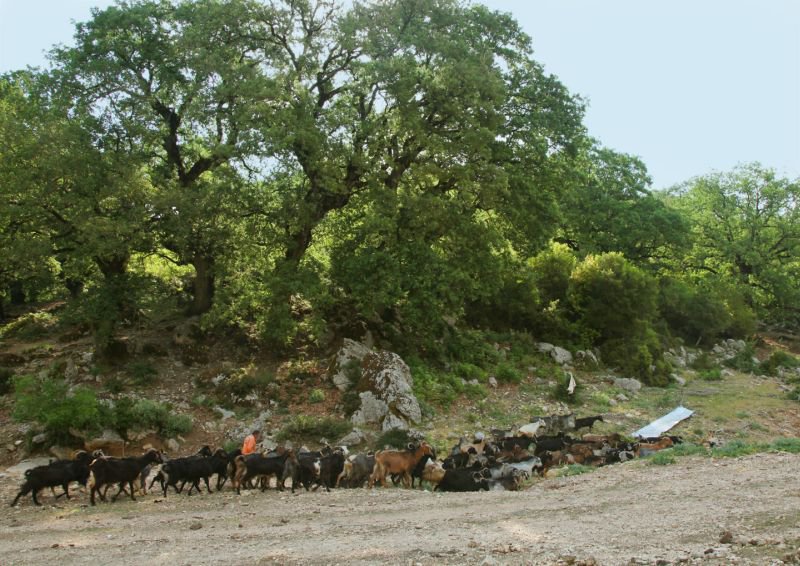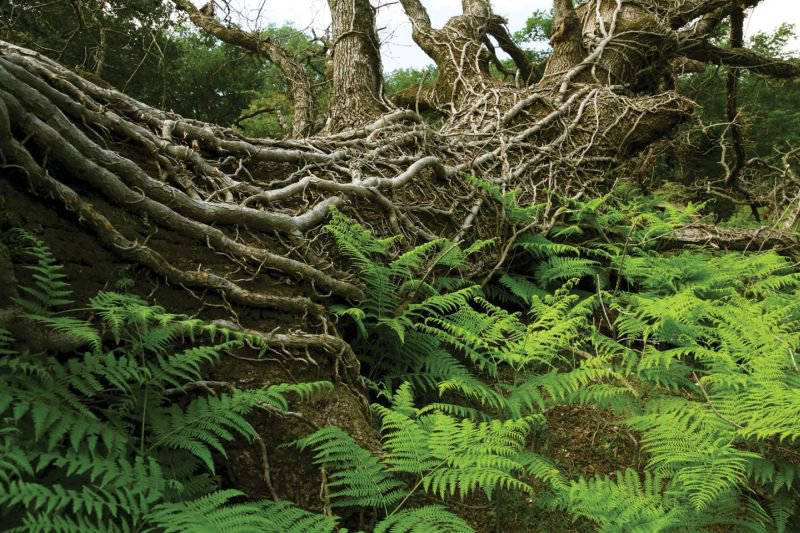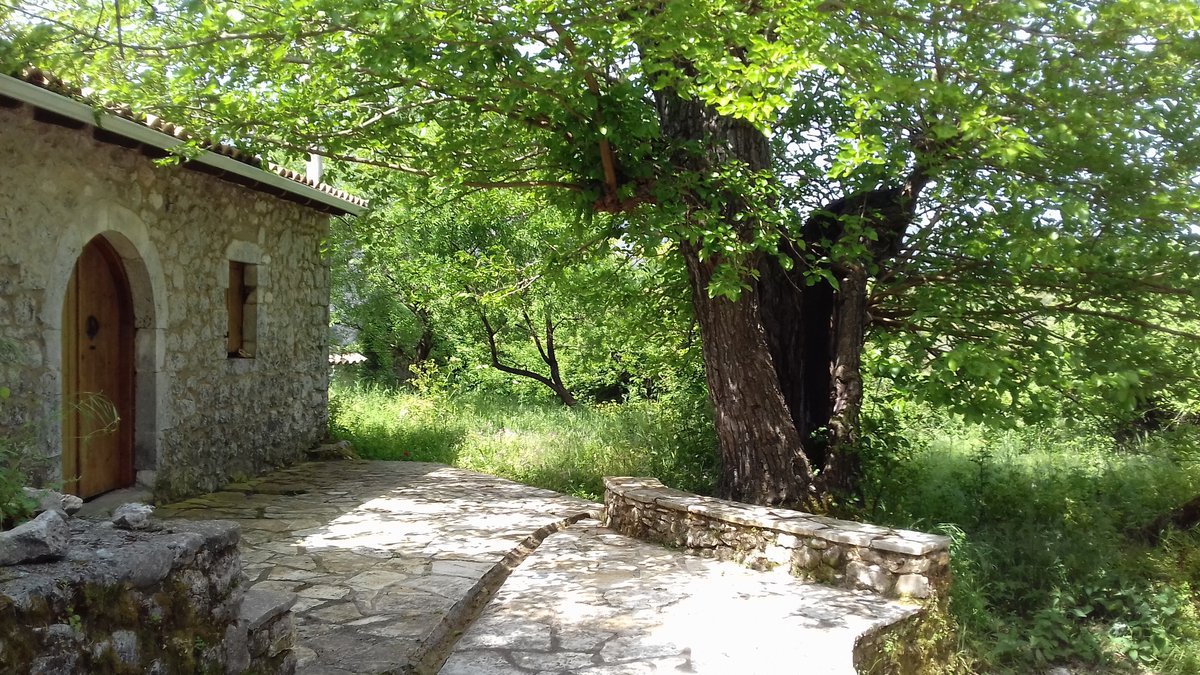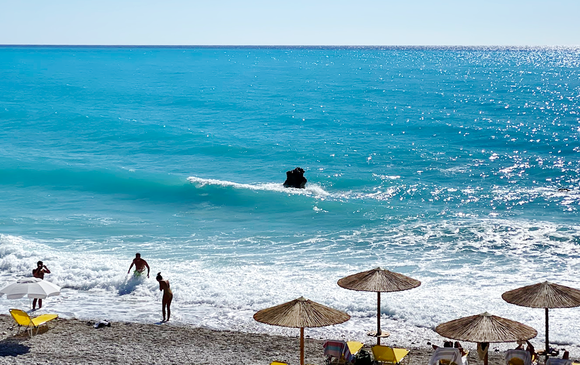At the foothills of Mt. Skaros, literally immersed within a lush carpet of green, Alexandros embodies the very essence of Lefkada and is the ideal launching ground for long hikes, exploration and introspection. Alexandros was most likely named for one of the three Holy Fathers that, in 325 A.D., founded Lefkada’s first Christian hermitage in a cave between Nikiana and Alexandros. One of the island’s oldest and most beautiful villages.

Alexandros will welcome you with the intoxicating aroma of wild oregano. Soon after, its beloved canine mascot “Spyros” will take the lead amidst traditional stone houses and walls, faded pastel shutters and nature’s explosive vitality that surges, like an exuberant hymn to joy, through every nook and cranny.
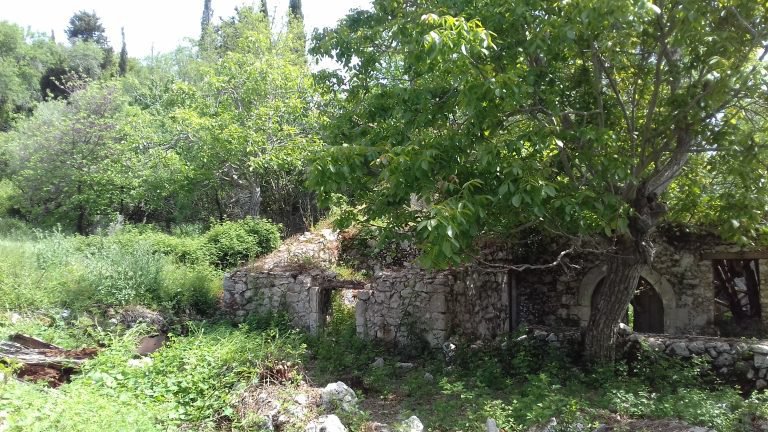
Here the landscape is in constant flux. Summer’s thick vegetation offers a refreshing canopy for tired hikers while autumn’s magical mosaic of gold and orange is a true feast for the eyes. Alexandros was once a vibrant village renowned for its “panigyri” and impromptu musical gatherings that would last ‘til dawn in the small village square. Locals were considered especially fun-loving and thought to have a musical “bloodline”. In the early 1970’s many residents abandoned the mountain settlement for the coast, seeking alternative means of livelihood in Nikiana.
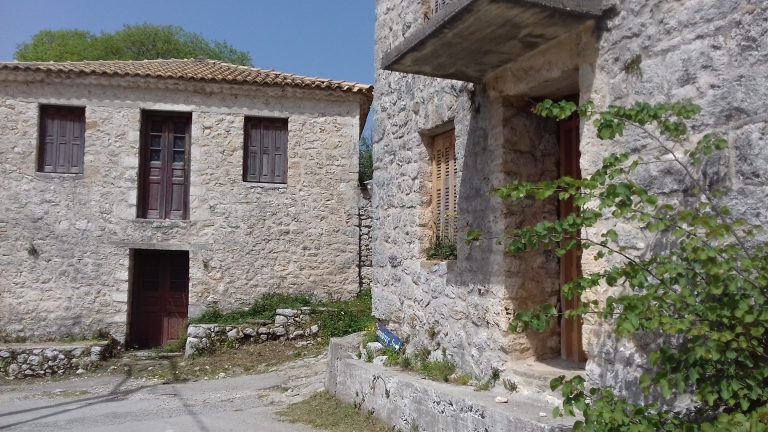
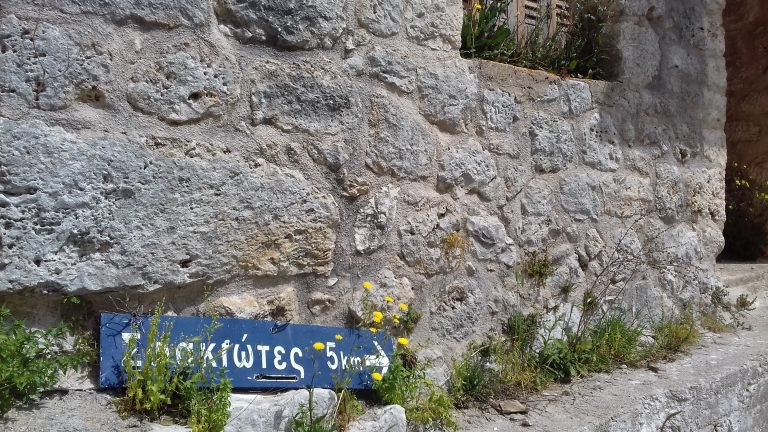
Today Alexandros’ year-round residents are scarce, but each summer the village is revitalised by travellers who prefer this alternative and carefully curated destination. Local organizations like “Fygos - The Association of Friends of Alexandros” play an important role in preserving the village’s traditional architecture, spotlighting its rich cultural heritage and ensuring authentic experiences for its visitors.
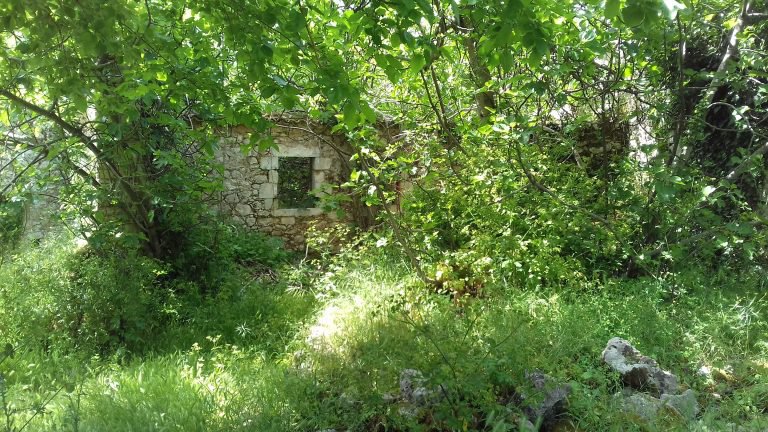
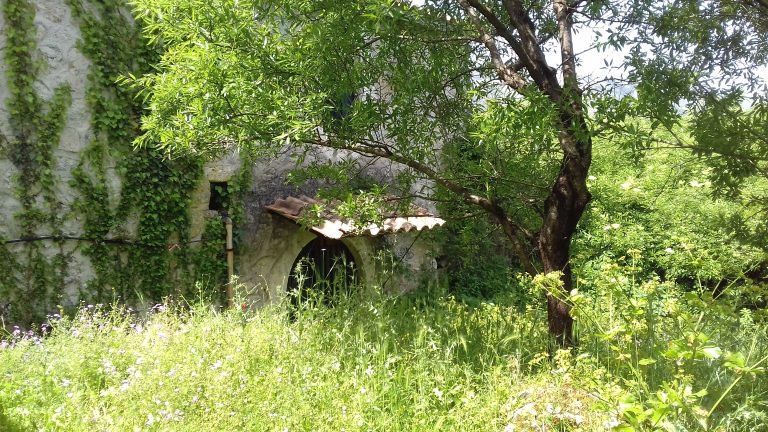
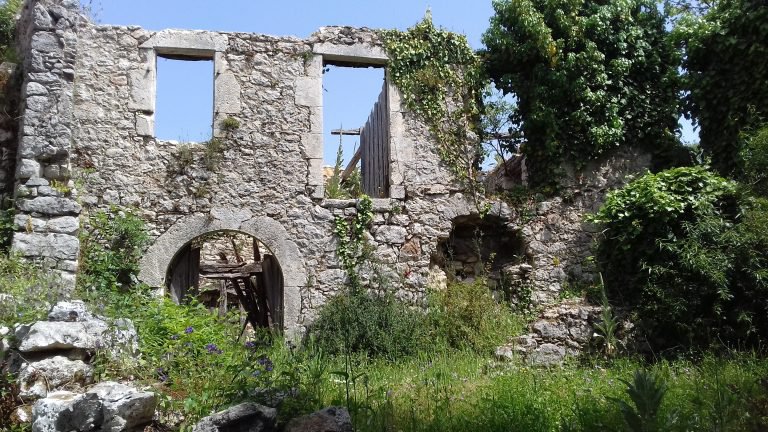
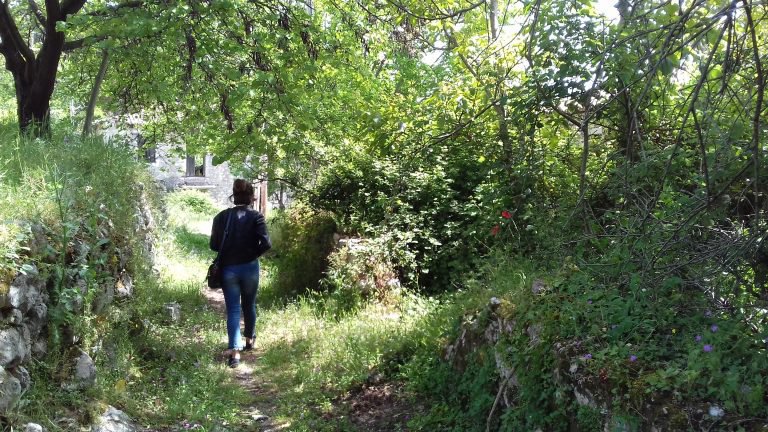
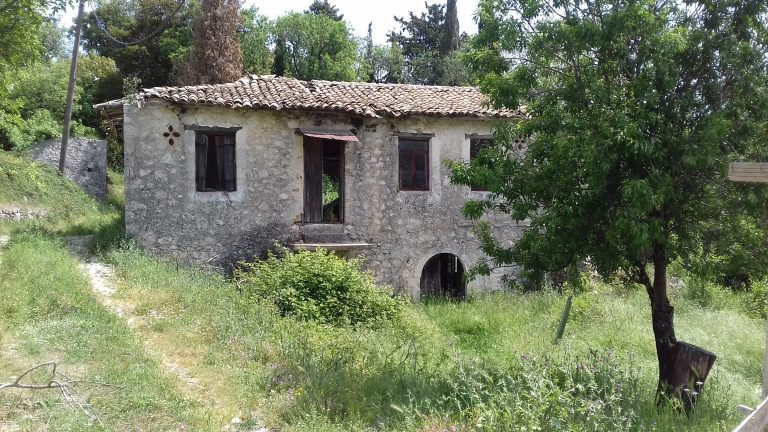
Forest of Skaros
To reach the age-old oak woods, take the road towards Nydri, then follow signs for Alexandros after the Nikiana intersection. Just before you reach the village, you’ll see markers for the Skaros footpath. A short hike will bring you to the heart of Skaros Forest. The imposing site hosts rare forms of oak, strange rock formations and a breathtaking view of the Prigiponisia islets. Archaeologist Wilhelm Dörpfeld believed this was the historical site of Homeric Niion.
